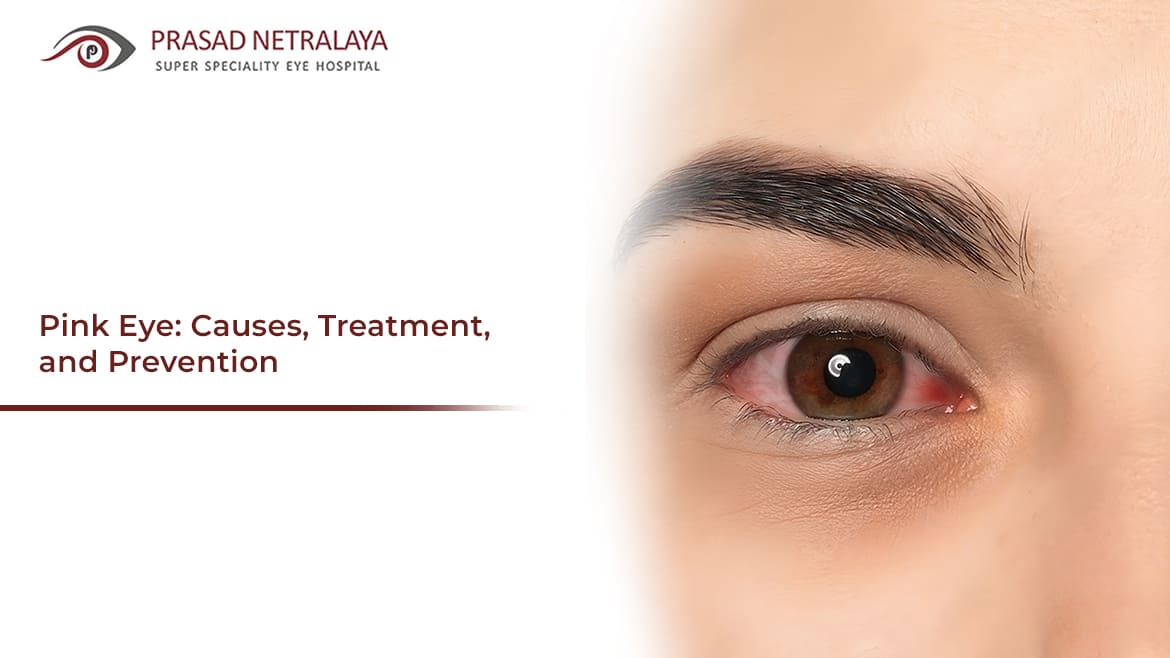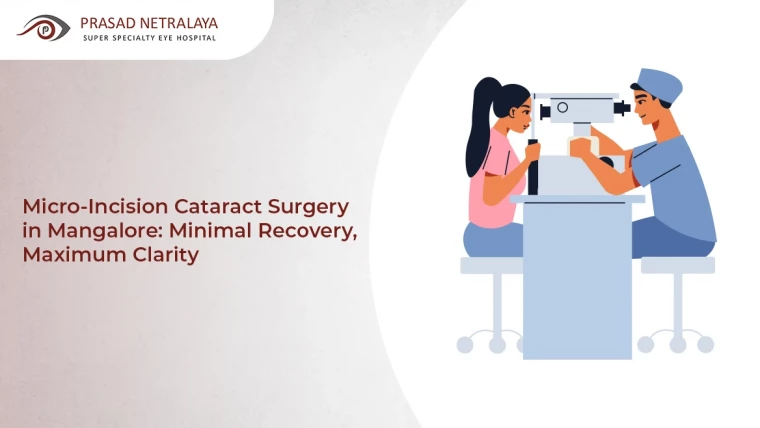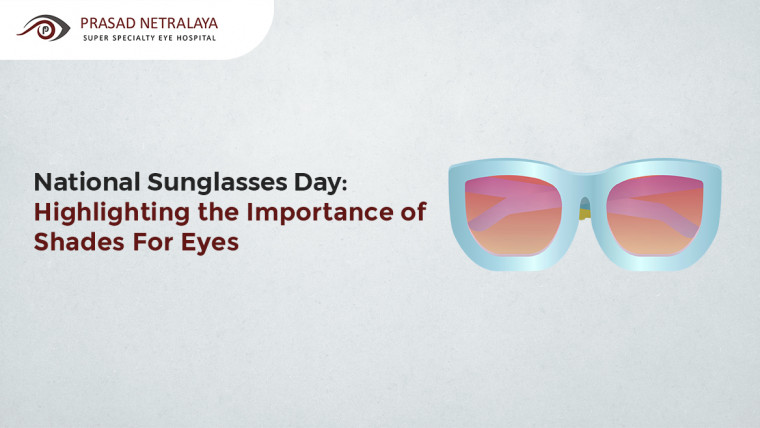Conjunctivitis, or “pink eye”, is a fairly common eye infection. It affects more than 10 million people every year in India. Pink eye is identified as the inflammation of the conjunctiva, which is a delicate transparent tissue layer that surrounds the white part of our eyes and lines the inner surface of our eyelids.
conjunctivitis can be highly contagious, so it is advisable to be very careful around people once you have contracted it.
In this article, we’ll explore the causes of conjunctivitis, how to treat it, and some preventative measures you can take to avoid it.
Table of Contents
What Are Some Causes of Pink Eye?
Here are some of the common causes of pink eye.
1. Viruses
Viruses such as the adenoviruses are one of the leading causes of pink eye. Pink eye that is spread through the virus is highly contagious and spreads easily through touch, proximity, or even contaminated surfaces.
2. Bacterial Infection
Bacteria such as Streptococcus pneumoniae, Staphylococcus aureus, and Haemophilus influenzae are responsible for conjunctivitis. Typical symptoms are eye redness and a yellow/greenish eye discharge.
3. Allergic Reaction to Allergens
Allergens like mould, pollen, eye drops, dust, and even pet-related reactions can cause this type of conjunctivitis. When the conjunctiva gets irritated by such allergens, it causes redness, itchy sensations, and discharge
How Long Will I Be Contagious With Pink Eye?
If you have bacterial pink eye, you will typically stay contagious for about 24–48 hours from the start of your antibiotic treatment. However, if it’s viral, you can remain contagious for up to two weeks.
Note that some patients can be contagious for up to 2 days before the symptoms of conjunctivitis are noticeable.
Treatment
The treatment options for conjunctivitis will vary depending on the type of eye infection you have contracted. Below are some of the treatments for pink eye.
1. Bacterial Conjunctivitis
The course of treatment for bacterial pink eye is usually through a doctor’s prescribed antibiotic eye drops or ointments. Note that it’s crucial to complete the entire course of antibiotics given; otherwise, you can risk a recurrence of the disease.
2. Viral Conjunctivitis
The treatment of viral conjunctivitis usually involves providing supportive care to the patient and the use of artificial tears to relieve the irritation and burning sensation. Additionally, you can also use cold compression to reduce swelling and keep the area clean to prevent a relapse.
3. Allergic Conjunctivitis
The most effective tool for dealing with allergic conjunctivitis is the removal of the allergen from the vicinity of the individual. Moreover, over-the-counter antihistamines and eye drops can be prescribed by your doctor to help manage symptoms, while cold presses and artificial tears may be used for momentary relief from discomfort and irritation.
How To Prevent Pink Eye?
Here are some ways you can safeguard yourself and others from this eye infection:
- Maintaining hand hygiene
- Avoid touching your eyes
- Distance yourself from allergens
- Avoid sharing personal items while infected
- Maintain good proximity to other people
Looking To Treat Pink Eye? Head Over to Prasad Netralaya Hospital
Pink eye isn’t a fatal disease, but it can be highly irritating and cause immense discomfort to the patient. conjunctivitis is also highly contagious and can be a threat to those around you. Say goodbye to redness and itching.
Head over to Prasad Netralaya Eye Hospital for the best-in-class treatment options at the most affordable rates. You no longer need to be a victim of eye infection because Prasad Netralaya has you covered!
Dr. Vikram Jain, M.S. had his medical training (MBBS) from Kasturba Medical College, Mangalore, India. He did his master’s in Ophthalmic surgery from Kasturba Medical College, Manipal. He currently manages the Glaucoma department of Prasad Netralaya hospital.



